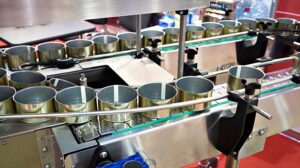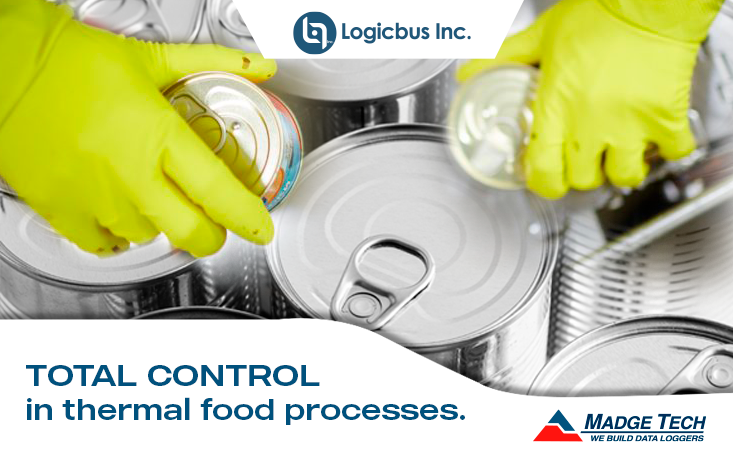The objectives of thermal food processing include:
- To produce any physical or chemical changes to meet all quality standards derived from the CDC and FDA.
- Eliminate or reduce any bacterial or enzymatic activity present that may cause spoilage or contamination
- Validate general food production and sterilization processes
- Extend the shelf life of products.
 There are 3 common types of controlled thermal processes:
There are 3 common types of controlled thermal processes:
- Pasteurization
- Commercial sterilization
- Blanching
Pasteurization is considered a moderately intense heating process and is performed prior to product packaging. The times and temperatures depend on the desired outcome of the product, such as the expected color, texture and flavor. Pasteurization depends on the following:
Low Temperature Long Term Treatment (LTLT) – Uses a lower heating technique for a longer time to destroy bacteria.
High Temperature Short Term Treatment (HTST) – Uses a higher heating technique for a shorter time to destroy bacteria.
Even though foods such as milk and eggs are pasteurized, they are still at risk of contamination. It is vital that they are maintained at proper temperatures to decrease the risk of bacteria so thermal control is essential throughout the process.
Commercial sterilization (also known as “canning”), is considered a high-intensity heating process that requires a minimum temperature of 121 °C for a maximum of 15 minutes. This process is performed only after packaging the product in the appropriate jar. Typical commercially sterilized products have a long shelf life of two years or more.
Blanching is considered a slightly intense heating process that exposes fruits and vegetables to boiling water or steam for a short period of time. Vegetables and fruits sold frozen are blanched to preserve their flavor, color, and texture. Blanching times vary depending on the quantity and size of the food products. It is important to note that under blanching can stimulate enzyme activity, leading to bacterial growth, while over blanching can cause loss of vitamin and mineral content.

And it is at this point where MadgeTech loggers are very useful for thermal control in the food process as its sensors record a wide range of temperatures to provide a reliable environmental profile, has a storage capacity of up to 32,256 time and date stamped readings, allows the user to set low and high temperature limits, which is very useful if it is required to evaluate the time that a thermal process is below or above the required temperature, come with a certificate of calibration accreditation (ISO17025).
MadgeTech has a wide range of products suitable for every need and thermal food process.
More info at https://www.logicbus.com/MadgeTech




sales@logicbus.com | support@logicbus.com | +1 619 616 7350 | Start conversation

